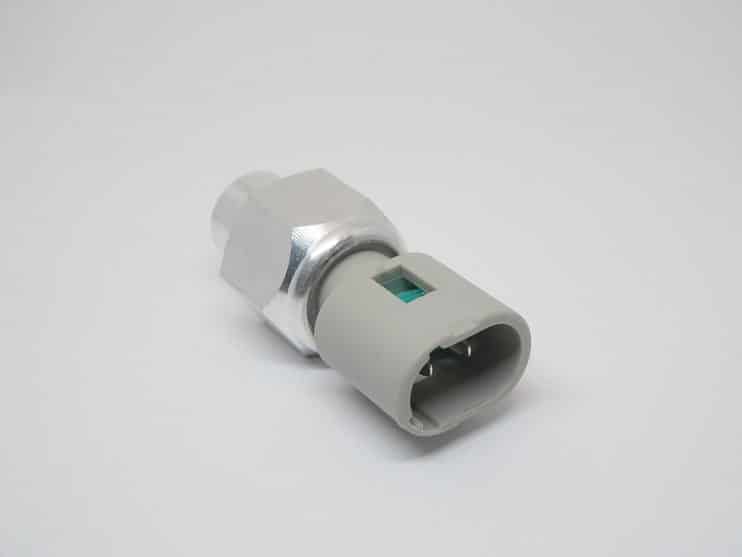
The fuel tank pressure sensor is a crucial component in keeping your vehicle’s emissions in check. This small device monitors the pressure inside your vehicle’s fuel tank, playing a vital role in reducing harmful emissions and ensuring your car performs at its best.
We’ll explore the signs of a faulty fuel tank pressure sensor, its location in your vehicle, and the potential cost of replacing it. Understanding these aspects can help you avoid potential issues and keep your vehicle running smoothly.
Table of contents:
- What are the 6 signs of a faulty fuel tank pressure sensor?
- What causes the fuel tank pressure sensor to fail?
- Where can I find the fuel tank pressure sensor?
- How much does it cost to replace a fuel tank pressure sensor?
What are the 6 signs of a faulty fuel tank pressure sensor?
Your vehicle’s fuel tank pressure sensor monitors the pressure inside the tank. It’s part of a system that prevents harmful fumes from the fuel from escaping into the air and polluting the environment.
However, the fuel tank pressure sensor also helps your vehicle regulate its fuel consumption and alerts you to faults such as leaks or a bad seal on your fuel cap.
While fuel tank pressure sensors are designed to last for thousands of miles—anywhere up to 100,000 miles—they do fail from time to time. Here are the 6 signs you need to look out for that indicate you may need to have your fuel tank pressure sensor replaced.
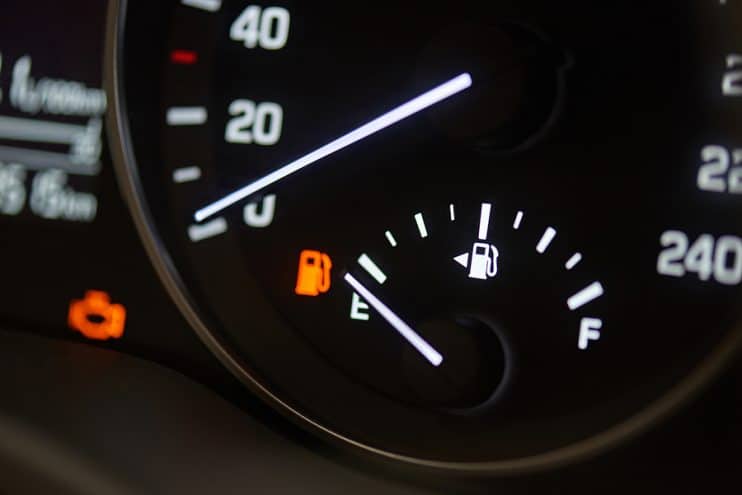
Check engine light comes on
If your fuel tank pressure sensor detects a problem in the fuel system, it will send signals to the engine control unit, which then illuminates the check engine light on your car’s dashboard.
However, a failing or faulty fuel tank pressure sensor can also cause your check engine light to illuminate. That’s why it’s important to have a professional check your engine over if it happens. While it’s likely to be a faulty pressure sensor, it could be something more serious, like engine failure, which may require a replacement engine. So it’s worth checking out straight away.
Fuel efficiency reduces
A faulty fuel tank pressure sensor may fail to detect leaks within the system, allowing fuel vapours to escape into the atmosphere rather than being properly contained. Apart from contributing to air pollution, these leaks will decrease your fuel efficiency, wasting valuable fuel, increasing fuel consumption, and ultimately costing you more money.
Your vehicle’s emissions go up
A failing fuel tank pressure sensor can impact your vehicle’s evaporative emissions control system, leading to increased emissions of harmful pollutants.
You experience a hard start
A hard start can be a sign of a faulty fuel tank pressure sensor, among other possible issues. When the fuel tank pressure sensor malfunctions, it can lead to an incorrect air-fuel ratio being delivered to your engine, resulting in multiple attempts needed to start the engine.
You notice a weird odour or smell
A failing fuel tank pressure sensor means that fuel vapours can leak, so you may notice a strong smell of fuel in and around your vehicle. Noises, although less common, can also be a sign it’s failing. You may notice a hissing or a whistling sound near the fuel tank.

What causes the fuel tank pressure sensor to fail?
There are a number of reasons why your fuel tank pressure sensor may be wearing out or becoming damaged, including:
- Extreme temperatures, poor weather conditions, rough roads, or persistent exposure to fuel vapours can wear down the sensor over time.
- If you fill your fuel tank too much, the excess fuel can spill into the charcoal canister and other lines, potentially damaging the sensor.
- If the sensor isn’t installed or maintained correctly, it might not work right or could break sooner than expected.
- Just like anything else in your car, the sensor can wear out over time from regular use and age.
- Dirt, debris or leftover fuel can clog the sensor, affecting its ability to perform its job properly.
Where can I find the fuel tank pressure sensor?
You can usually find the fuel tank pressure sensor near the fuel tank itself, often underneath the car. It might be around the fuel lines or near a part called the charcoal canister, which helps control fuel vapours. If you need help finding where to look, your car’s manual or a mechanic can help you find it.
How much does it cost to replace a fuel tank pressure sensor?
The cost to replace a fuel tank pressure sensor can vary depending on several factors such as the make and model of your vehicle, the location of the sensor, and whether you’re replacing it yourself or having a mechanic do it for you. Where you live in the UK can also affect the price.
Generally, the price for the sensor itself can range from around £50 to £150, but it could be higher for certain vehicles or if it’s part of a larger component. You’ll need to factor in the cost of labour if you’re using a mechanic, which can vary depending on their rates and the complexity of the job.
In total, you might expect to pay anywhere from £100 to £300 or more for a replacement fuel tank pressure sensor, including parts and labour. That’s why it’s a good idea to shop around for quotes from different mechanics or garages to ensure you’re getting a fair price for the job.



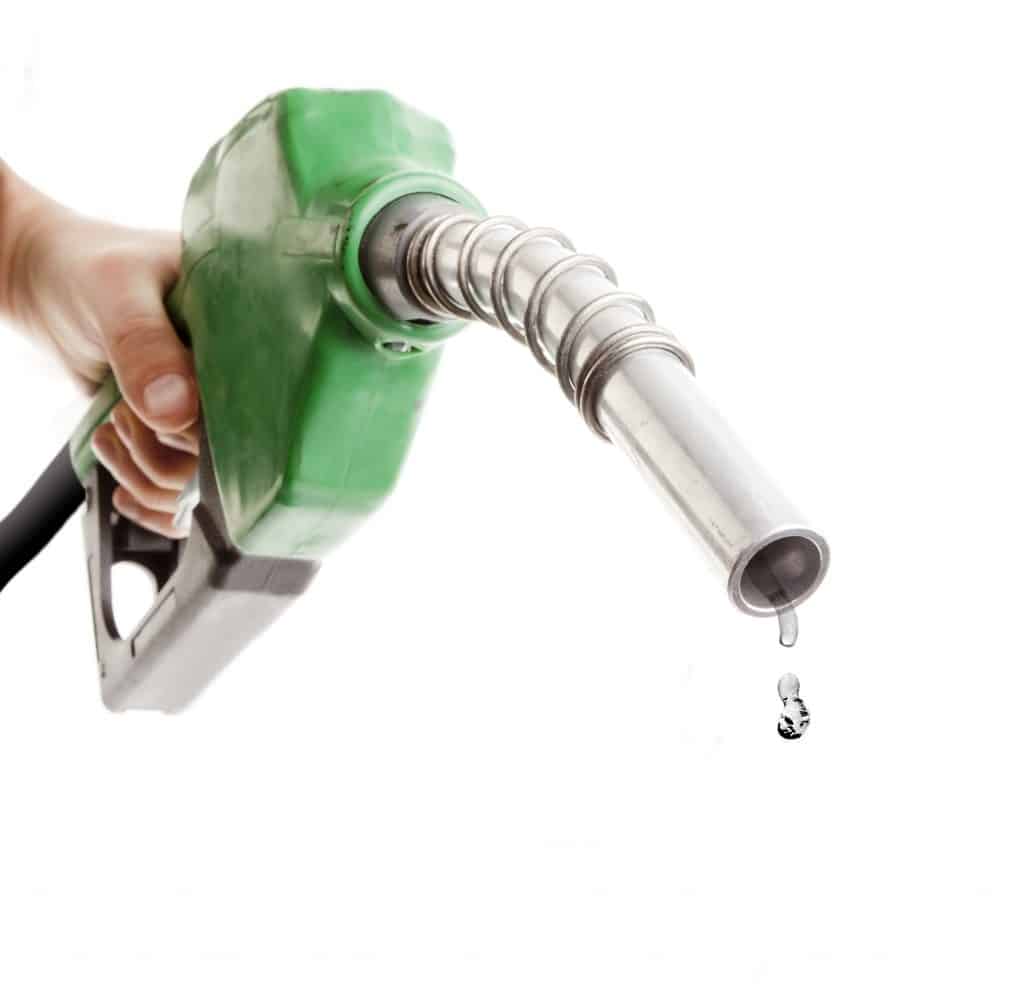
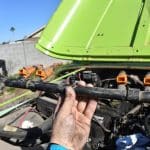




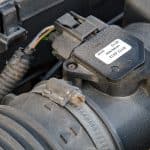



.png)